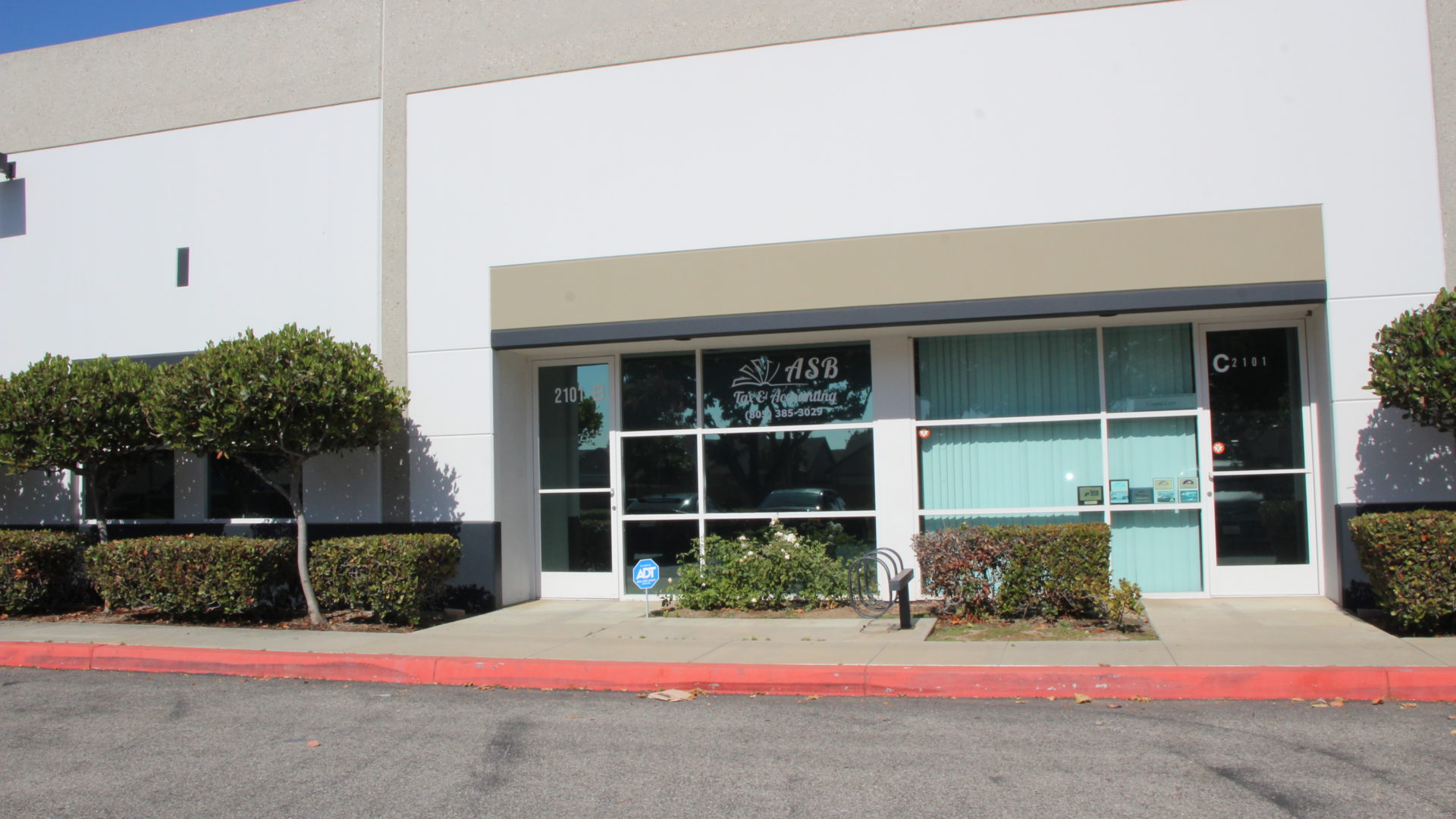How to Use a Zero Income Budget
Understanding how to use a zero-income budget is key to achieving effective financial management at both a personal and business level. This budgeting method, also known as “zero-based budgeting,” focuses on allocating every dollar you receive to a specific expense, savings, or investment, so that at the end of the month, no money is left unallocated. The idea is that every penny has a purpose, which helps you maximize the efficiency of your money and avoid unnecessary expenses.
The first step to understanding how to use a zero-income budget is to identify your total income. This includes all the money you receive, whether it’s from your salary, additional income, or any other source. It’s important to have a clear figure for your income before you start planning your expenses. Once you have this number, you can start allocating each part of this income to specific categories, such as basic needs, savings, debt, and variable expenses.
One of the benefits of using a zero-income-based budget is that it forces you to be mindful of every dollar you spend. Unlike other budgeting methods, where you simply deduct expenses from income, this approach requires you to justify and allocate every expense from scratch each month. This can help you identify areas where you might be overspending and make adjustments to improve your financial health. For example, by allocating a specific amount to entertainment or eating out, you can prevent overspending in these categories and ensure that you’re putting enough money toward your priorities, such as savings or paying off debt.
Using a zero-income budget allows you to be more flexible and adapt to changes in your financial circumstances. If your income increases or decreases, you can adjust your spending allocations according to your new circumstances, ensuring that every dollar continues to be used effectively. This approach also allows you to prioritize your long-term financial goals. If, for example, you are saving for a house or planning to make a large investment, you can allocate more funds to these goals and reduce spending in other, less important areas.
A key aspect of how to use a zero-income-based budget is the need for continual review and adjustment. Since this budgeting method relies on the precise allocation of funds, it is essential that you review your budget regularly to ensure you remain on track. This may involve reviewing your monthly expenses to ensure you have not exceeded your budget in any category and making necessary adjustments if you have. It may also involve reallocating funds from one category to another if your priorities change.
Another benefit of this method is that it can help you avoid the temptation to spend money you don’t have. By allocating all of your income to specific categories, you avoid the possibility of having “extra” money in your bank account that you might be tempted to spend impulsively. This helps you live within your means and avoid unnecessary debt.
How using a zero-income budget can improve your ability to save. Since this budgeting method forces you to allocate money to specific categories, you can prioritize saving before spending in other areas. This can mean allocating a set amount to a savings account at the beginning of each month, before covering other expenses. Over time, this strategy can help you build a solid emergency fund, save for retirement, or reach any other financial goal you have set for yourself.
Understanding using a zero-income budget is a powerful tool for taking control of your finances. By consciously allocating every dollar you receive, you can maximize the efficiency of your money, avoid unnecessary spending, and work toward your long-term financial goals with greater confidence and peace of mind.

